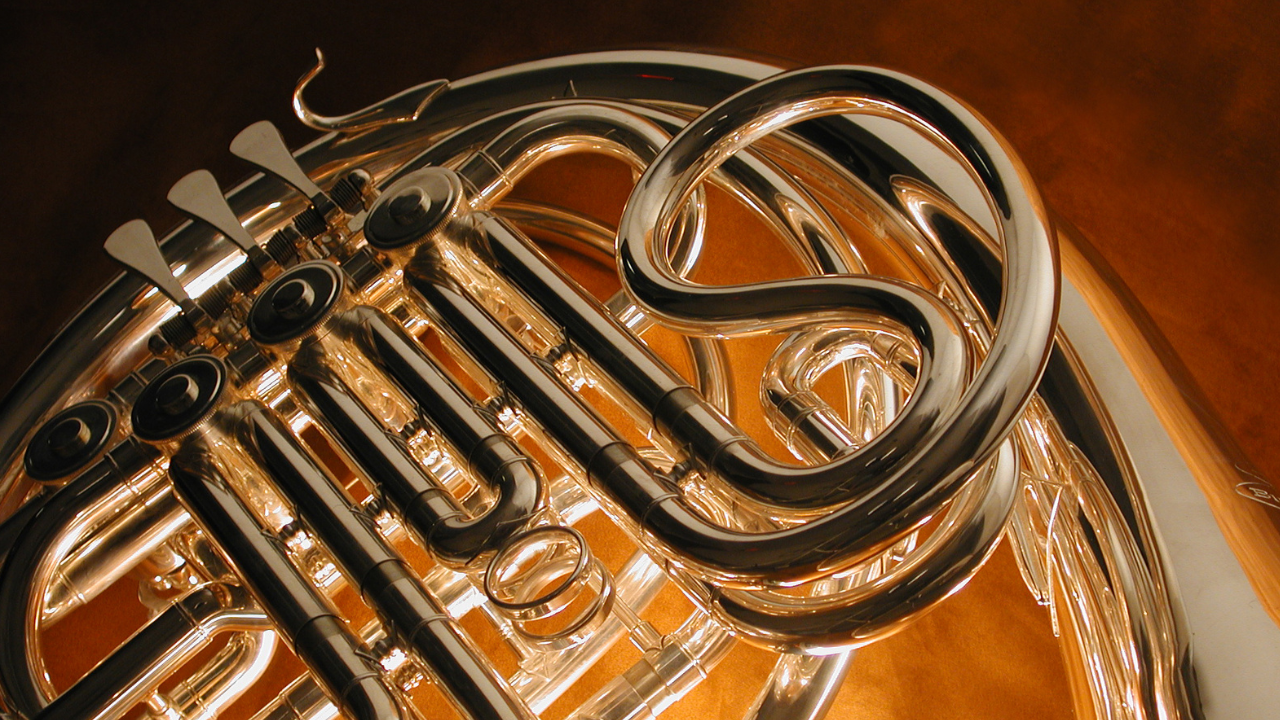Tuning a French horn is a tricky task for many players. Fortunately, it’s a manageable one. However it requires some practice. The long length of tubing and many slides make the instrument even more sensitive to pitch changes than other brass instruments. In this article, we will explore how to tune your French horn in several simple steps.
Why Tuning Your French Horn is Important
First of all, when your French horn is properly tuned, its sound blends well with other instruments in the band or orchestra, which results in overall harmonious performance. When every musician in your ensemble plays in tune, it creates a better playing experience. You can stay in flow with the music and nothing distracts you from that creative state. It also impacts how you feel on stage. When you know that your instrument is properly tuned, you don’t feel stressed and afraid of sounding unprofessional or disrupting the overall atmosphere.

How to Tune Your French Horn
What is interesting about a French horn is that it offers you fourteen different combinations once you start pushing the valves. With each side of the horn — B-flat and F — there are 7 valve combinations. All together they offer 14 combinations. Each time you push down the valve, you actually create a new horn. To play in tune you need to have all this set of horns properly tuned.
You can tune your instrument by adding more or less length to the slides — pulling them out or in.
In order to tune your French horn properly, first you should take several important steps as preparation.
-
Warm up. It’s important to warm up your face muscles and your instrument. Made from brass, your French horn contracts when cold, which makes your pitch sharper, while a warmed-up horn settles closer to its true intonation. To warm up your embouchure, play long tones and lip slurs. Playing without prior preparation when you’re still not accustomed to the instrument may lead to improper tuning.
-
Ensure that your slides are greased. Greased slides make your tuning easy. If you haven’t greased your slides for a while they are likely to move in and out with some resistance.
-
Empty water from your French horn before tuning. Check out all angles to ensure no water is left.
Also it’s important to remember that the French horn is in F, so when you see a C on your tuner, the instrument should sound like an F below it.

Tuning the French horn comes in several steps:
-
Check whether all slides of your instrument are pushed in.
-
Take a tuner and start tuning your French horn from the B-flat side. Push the trigger down and hold it. Play a concert F and pull out accordingly.
-
Once you’ve tuned concert F on the B-flat side, move to the F side of the horn. There are two main tuning slides on the French horn: the one adjusted for the B-flat side and another for the F side. To tune the F side, you need to use the bottom tuning slide.
-
Now when the open side of the horn is tuned in B-flat and F, it’s time to move to the valves and other slides. The process looks the same as that when you’ve tuned the open horn. Press the B-flat trigger down and play notes that correspond to the slides and adjust them accordingly. If it’s too sharp, then pull out. If you pull out too far, it will be flat and you need to pull in. Once you’ve finished tuning B-flat slides, move to the F side. Release the trigger and repeat the same actions adjusting slides accordingly like in a previous step.
How to Check if Your French Horn Stays in Tune?
After adjusting the main slide, check the pitch on both sides:
-
Play open middle C on the F side
-
Play open G (sounding C) on the B-flat side
-
Adjust the B-flat tuning slide if you need.
During tuning the other slides work through the valve combinations one at a time:
-
2nd valve (concert A or E depending on side)
-
1st valve (concert G or D)
-
1 + 2, 1 + 3, and so on.
As a beginner you may use your pencil to mark the position where your slides have been pulled out. It will save your time later.

It’s important to understand that tuning may change under climate conditions and playing technique so it’s a natural process to readjust your horn from time to time. What makes tuning challenging for many French players is that every room is different with specific temperature and humidity levels. These environmental factors directly impact the slide position of your instrument. In a hot environment you need to pull slides out. In colder rooms you need to push your slides in. To make a note lower (flatter), you need to pull the slide out. To make a note higher (sharper), you should push the slide in
Sometimes even if you've pulled out your slides in the correct position you may still not sound absolutely in tune. Don’t strive for absolute perfection as your goal is to make the most commonly used notes in tune. To make finer corrections while playing musicians use their hand position in the bell and embouchure flexibility.

Conclusion
Although tuning a French horn is tricky for beginners, you can definitely cope with that task. To make it sound higher or sharper you need to pull the slides in. To make the sound flatter, you need to pull the slide out. With more and more practice it will be easier for you to tune your instrument.
We invite you to check out our collection of French horn gear where you will find protective accessories for your instrument, cleaning and care tools, music notebooks and wallets featuring embossed French horn designs.
Are you looking for a French horn mouthpiece? Check out our tips on How to Choose the Right French Horn Mouthpiece.



 https://kgumusic.com/pages/about-us
https://kgumusic.com/pages/about-us